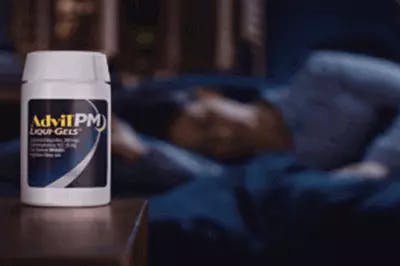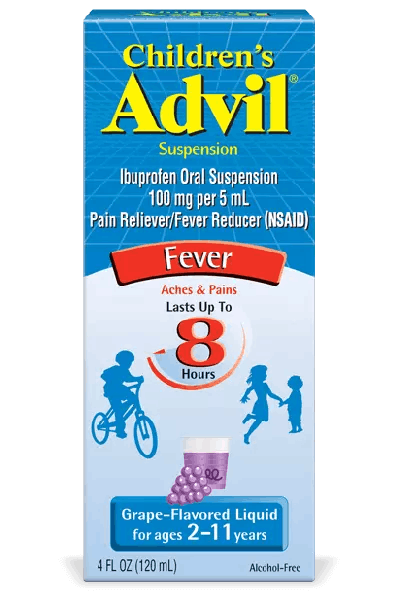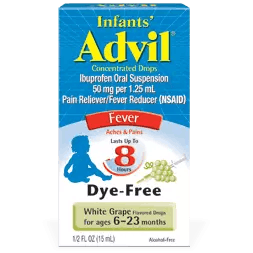Identifying a Migraine
Headache

According to leading migraine experts, treating your migraine before symptoms become severe may help to reduce its severity.
Some people experience what is known as an aura or prodrome shortly before the pain starts. During this time, symptoms seemingly unrelated to a headache may occur. These symptoms include: mood changes, feeling nauseous, seeing shimmering or flashing lights or even having blind spots.
Still not sure if it is really a migraine? It can be difficult, but if you check below, you'll be able to use this chart to see which type of headache seems the most like yours.
| Migraine | Tension |
|---|---|
| Moderate-to-severe pain that is throbbing or pulsing | Mild-to-moderate steady pain |
| Pain, usually on one side of your head, that may be concentrated around the eye, temple or behind the ear | Pain on front, sides and back of head, possibly spreading to the neck |
| Pain that is aggravated by movement | General feeling of tightness or stiffness, perhaps like a very tight band around the head |
| Nausea and/or vomiting | |
| Sensitivity to light or sound |
What are the causes of migraines?
Although the exact cause of migraines is not yet understood by doctors, there are certain things that can trigger a migraine headache. Physiological, emotional and environmental factors can bring one on. These include:
- Stress
- Lack of sleep or fatigue
- Hormonal changes
- Hunger
- Changes in barometric pressure or altitude
Certain foods also can be triggers, such as:
- Alcohol, particularly red wine
- Chocolate
- Food additives such as nitrates, nitrites or MSG
- Caffeine
Not everyone will react to all of these triggers. You may react to one or none at all. The trick is finding out what your triggers are.
What are the triggers of migraines?
Keeping a headache diary may help you figure out what triggers your migraines. The diary should list what you eat, what other factors were present (like stress, not sleeping well the night before, etc.) and when your headaches occur. Keep in mind that a headache can start almost immediately after a trigger or happen days later. If you keep a headache diary for any length of time, a pattern will most likely begin to develop.
How can you treat a migraine?
Once you've got a migraine, the only thing you want is for the pain to stop. There are many prescription treatments available from your doctor, but you may be surprised to know that you can get effective pain relief without a prescription.
Advil Migraine is a way for you to treat the pain of migraine. It's the first and only FDA-approved OTC migraine product in a liquid-filled capsule, with all the pain-relieving power you expect from Advil. It gets into your system fast. Advil Migraine lets you start controlling your migraines before they control you.
How can you prevent a migraine?
After you know what causes your headaches, you can take steps to help prevent them. For instance, if you're getting frequent migraines and know that stress is the culprit, take positive steps to reduce the stress in your life. Stress management techniques, such as meditation or biofeedback, can help. And don't forget exercise—it can be a great stress reducer.
Lifestyle changes also can help. Try to eat regularly and get enough rest. If you have to sit at a desk for long periods of time, get up and stretch. Not only will you be relieving stress, but taking a break can give your mind time to refuel a bit so you can go back and give your full attention to the job at hand.







